Crawling Insects
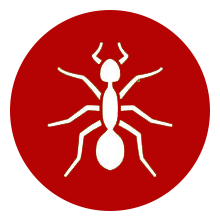
Ants
Symptoms/Identification
Small social insects that live in nests, usually wingless, but go through a flying phase when swarming. Common ants in the UK are the Garden or Black ant Lasius niger and the Pharaoh’s ant, Monomorium pharaonis.
Potential Issues
Generally just a nuisance, particularly when swarming, but Pharaoh’s ants can spread disease organisms and are a problem in hospitals, kitchens and sterile product preparation areas, as they are small enough to penetrate packaging.
Treatment
The use of ant-specific insecticides. Care is needed as using the wrong product with some species can make the situation worse.
Proofing is appropriate in some situations.
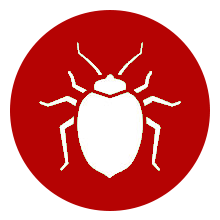
Bed Bugs
Symptoms/Identification
A surprisingly common nocturnal insect that crawls out of cracks and crevices to feed on human or other mammalian blood.
Potential Issues
Irritating bites. Bed bugs can be particularly problematic in houses of multiple occupancy and hotels with a high throughput of people. An initial infestation can spread to other residences.
Treatment
Careful surveying and then using a residual insecticide treatment of all harbourages in bedding, furniture and structure of infested buildings.
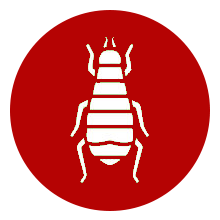
Fleas
Symptoms/Identification
Small blood sucking insects famous for their jumping that leave an irritating bite.
Potential Issues
Fleas can carry disease but the main issue is the bite.
Treatment
Flea infestations are primarily treated with sprays and fumigation with appropriate insecticide. Vacuuming and the appropriate veterinary flea treatment for any cats or dogs in the household.
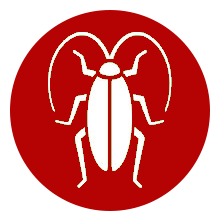
Cockroaches
Symptoms/Identification
The classic pest, seen scurrying under the kitchen units when the lights get switched on. In the UK there are Oriental, German, American, Brown-banded and Australian Cockroaches.
Potential Issues
Generally considered to be unpleasant when present in houses and food establishment, they are also linked to the spread of disease.
Treatment
Cockroaches can hide in tiny crevices so a careful survey followed by a thorough treatment is required. Use of poison gel baits are the first line of treatment. Surface insecticide sprays and dusts are also effective.

Crickets
Symptoms/Identification
Rhythmic chirping in the house at late evening and nighttime can be indicative of house crickets. These are originally from South East Asia and the Caribbean, they have been brought to the UK to be fed to pet reptiles and have subsequently escaped.
Potential Issues
While not linked to any disease issues, some people would rather not share their property with these noisy companions. They can cause damage by nibbling at fabrics such as wallpaper.
Treatment
Once established crickets are difficult to evict, so early detection and quick treatment is important. Because they like hot and humid conditions many residual insecticides rapidly lose their potency. Thorough surveys and repeated treatments are necessary until irradiation is achieved.

Carpet Beetles
Symptoms/Identification
These beetles that have evolved eating natural fibres in birds nests have easily made the transition to eating natural fibres in homes – wool carpets, cloths and furs. Any holes should be investigated!
Potential Issues
Can do extensive damaged to the fabric of the house.
Treatment
Application of a residual insecticide by spray or dust.
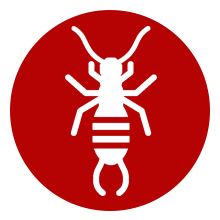
Earwigs / Silver Fish
Symptoms/Identification
Small primitive arthropods that live in dark damp crevices of premise – kitchen or bathroom from which they emerge at night.
Potential Issues
Generally a nuisance only but can eat wall paper. Potentially they are indicative of a leaky pipe.
Treatment
Various residual insecticides are effective.
